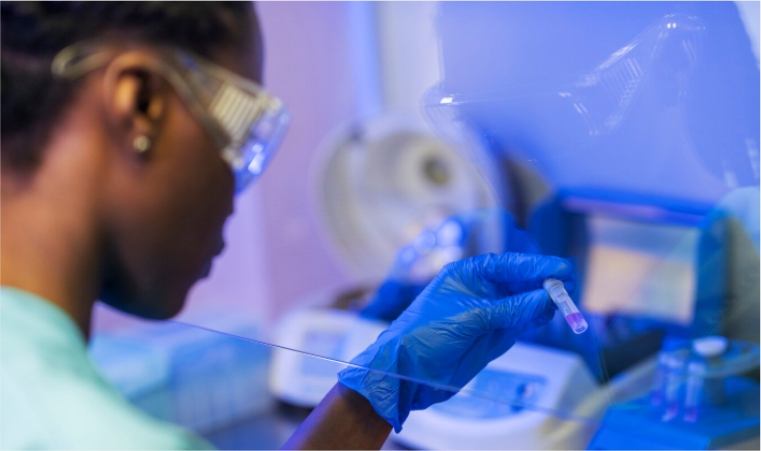How Technology Is Shaping
the Future of Malaria Control

How Technology Is Shaping the Future of Malaria Control
Technology is transforming the global fight against malaria and creating new opportunities to detect, prevent, and eliminate the disease faster than ever before. For decades, malaria control relied heavily on paper-based reporting, manual field operations, and traditional communication systems. While these methods helped reduce malaria in many regions, they were often slow, fragmented, and unable to keep pace with the speed at which malaria spreads. Today, technology is reshaping this landscape and introducing innovative solutions that make malaria control more intelligent, responsive, and data driven.
One of the most influential breakthroughs is the use of mobile applications for real-time reporting. Digital tools allow health workers, volunteers, and community members to log symptoms, confirmed cases, and environmental risks instantly. This eliminates delays that once allowed outbreaks to grow unnoticed. Real-time reporting gives programme managers immediate visibility into new cases, enabling earlier treatment and quick deployment of resources. This shift toward instant data means communities are no longer waiting for weekly or monthly reports. They are responding the moment risks appear.
Technology is also strengthening environmental surveillance. Smartphones equipped with location services and cameras allow users to capture evidence of stagnant water, poor drainage, or other mosquito breeding sites. When such reports are submitted, they are automatically geo-tagged, helping vector control teams know exactly where to intervene. This precision ensures that environmental challenges are addressed quickly and prevents mosquito populations from spreading unchecked.
Artificial intelligence and predictive analytics are becoming powerful tools as well. By analyzing large volumes of case data, climate information, and environmental patterns, predictive models can identify areas at risk of future outbreaks. This allows governments and health agencies to prepare ahead of time rather than responding after malaria has already taken hold. Early forecasting helps ensure that supplies, medications, and prevention tools reach vulnerable communities before an outbreak intensifies.
Digital platforms are also improving the reach and effectiveness of health education. Mobile apps, SMS alerts, and social media campaigns deliver verified information directly to communities, helping people understand how to protect themselves. Technology ensures consistent messaging, making it easier for families to adopt safe practices such as proper bed net use, environmental sanitation, and early testing.
Vaccination campaigns and prevention programs benefit significantly from digital support. With digital pre-registration systems, communities can sign up for vaccination, receive reminders, and locate the nearest vaccination points. This streamlines planning for health authorities and improves vaccination coverage. It also reduces bottlenecks at health centers and ensures communities receive timely updates.
Wearable technology and drones are also emerging as innovative tools. Drones can map large, hard-to-reach areas and identify breeding sites that would be difficult to discover manually. Wearables can track physiological changes and alert users to potential fevers, prompting early testing and treatment.
Technology strengthens accountability and transparency as well. Data dashboards give decision-makers clear insight into progress, gaps, and operational challenges. This leads to better planning and more effective use of resources.
The future of malaria control is being rewritten with digital intelligence, community connectivity, and rapid response systems. Technology does not replace health workers or community action. Instead, it empowers them with tools that make their work faster, smarter, and more impactful. With these innovations, the vision of a malaria-free Africa becomes more achievable every day.


Add Your Comments